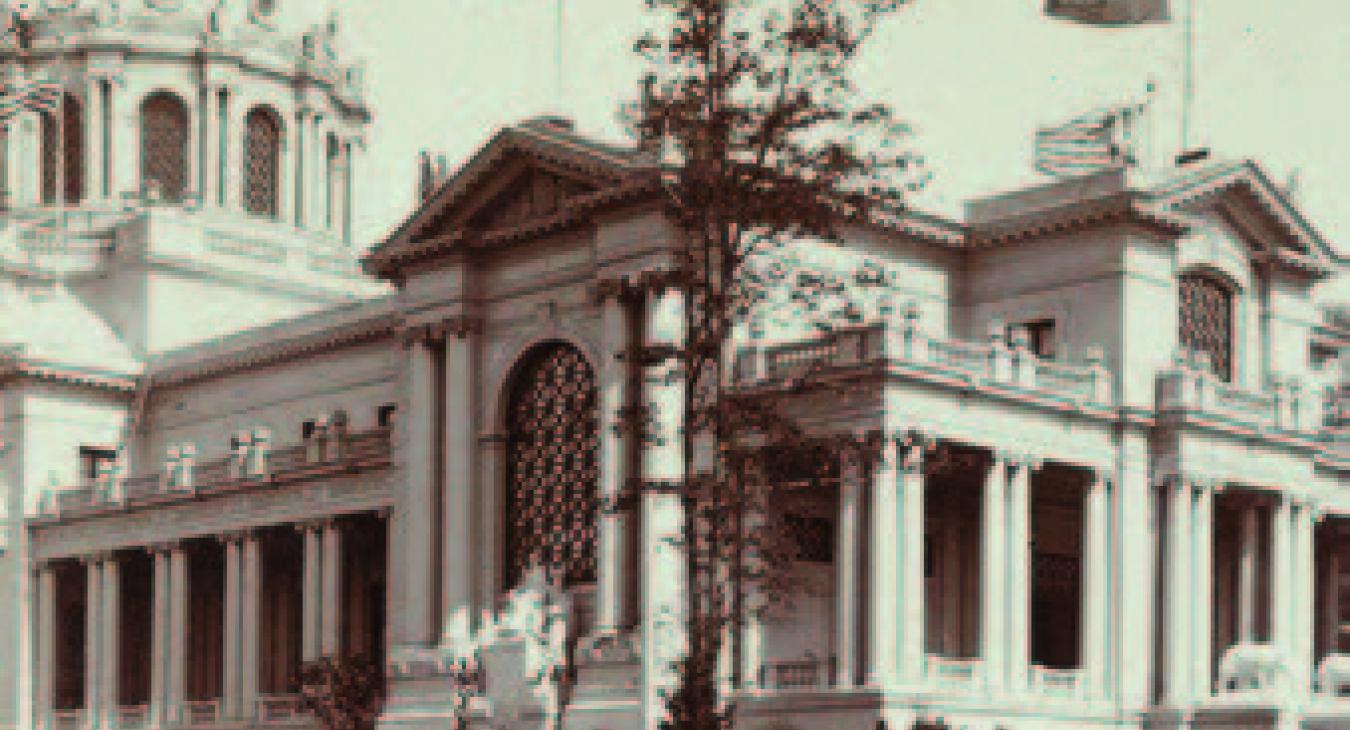When Jackson Electric Cooperative began providing electric service, air conditioning was not only primitive—it was a luxury only the wealthy could afford. Most rural residents spent sweltering summer days fanning themselves or finding much-needed relief at the nearest swimming hole.
Now AC is a necessity, and most—if not all—of our members enjoy its cooling comfort on Texas’ all-too-common triple-digit days. As summer bears down, we look back at the humble beginnings of the beloved air conditioner.
Big-City Start
In 1902, a 25-year-old engineer from New York named Willis Carrier was tasked with solving a humidity problem that was causing magazine pages to wrinkle at a Brooklyn publishing company. Through his experiments, Carrier found that he could dry air by passing it through water-cooled coils, effectively controlling humidity. Within a year, he patented his “apparatus for treating air” and created what is now considered the foundation of modern air conditioning.
Air conditioning specifically intended to cool people was first installed at the New York Stock Exchange, which opened in 1903. Alfred Wolff, also a New York engineer, designed the system. Wolff’s system used three ammonia absorption machines, each with a cooling capacity equal to 150 tons of ice. Early systems like this were best suited for industrial use, and the NYSE’s system was integrated into the architecture of the building.
Going Public
In 1904, organizers for the St. Louis World’s Fair used mechanical refrigeration—until then used primarily for making ice—to cool all the rooms in the Missouri State Building (except for the lavatories and library). This was the first time on record that mechanical refrigeration was used to cool a building for public use and comfort.
Years later, Carrier refined his invention and added a central compressor, which reduced the size of the mechanical air conditioning unit, resulting in the centrifugal chiller in 1922. The changes also improved system reliability and lowered the cost. Carrier debuted the device at the Rivoli Theatre in Times Square on Memorial Day weekend in 1925. Over the next few years, these systems were adopted by more movie theaters, and people flocked to them on hot days, giving rise to the phenomenon of the summer blockbuster.
Bringing AC Home
Despite improvements in air conditioning technology, the earliest units were far too large and costly for use in homes. The first in-home AC didn’t make its debut until 1929, when Frigidaire introduced a room cooler small enough for the purpose. However, there were still challenges to wider adoption of the device, which required a 400-pound condensing unit and 200-pound cabinet—plus, it cost $1,000 to install (more than $18,000 in today’s money).
Over the years, several more companies worked to create even smaller, less expensive AC units for residential use. In the early 1930s, Henry Galson finally hit the mark with a compact, inexpensive window air conditioner. He sold 43,000 systems by 1947.
Going Mainstream
By the 1960s, even as window air conditioning became much more affordable, most new homes were built with central AC systems.
Today, most homes in America have some form of air conditioning. According to the Energy Information Administration, 88% of U.S. households—more than 100 million homes—are equipped with AC.
Article written by Texas Co-Op Power Magazine. To read more articles check out https://texascooppower.com and be sure to check out the monthly edition that is mailed out each moth!

